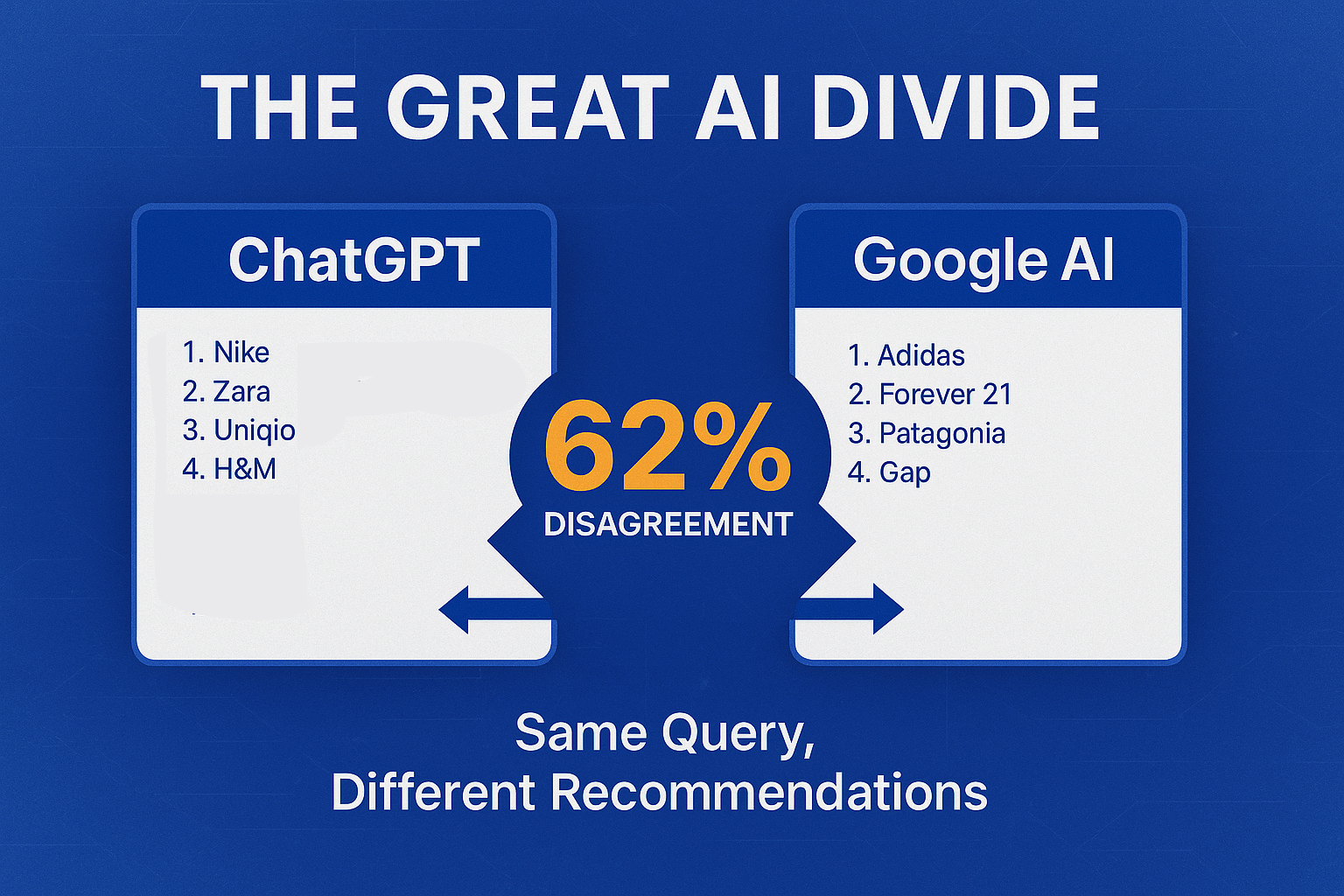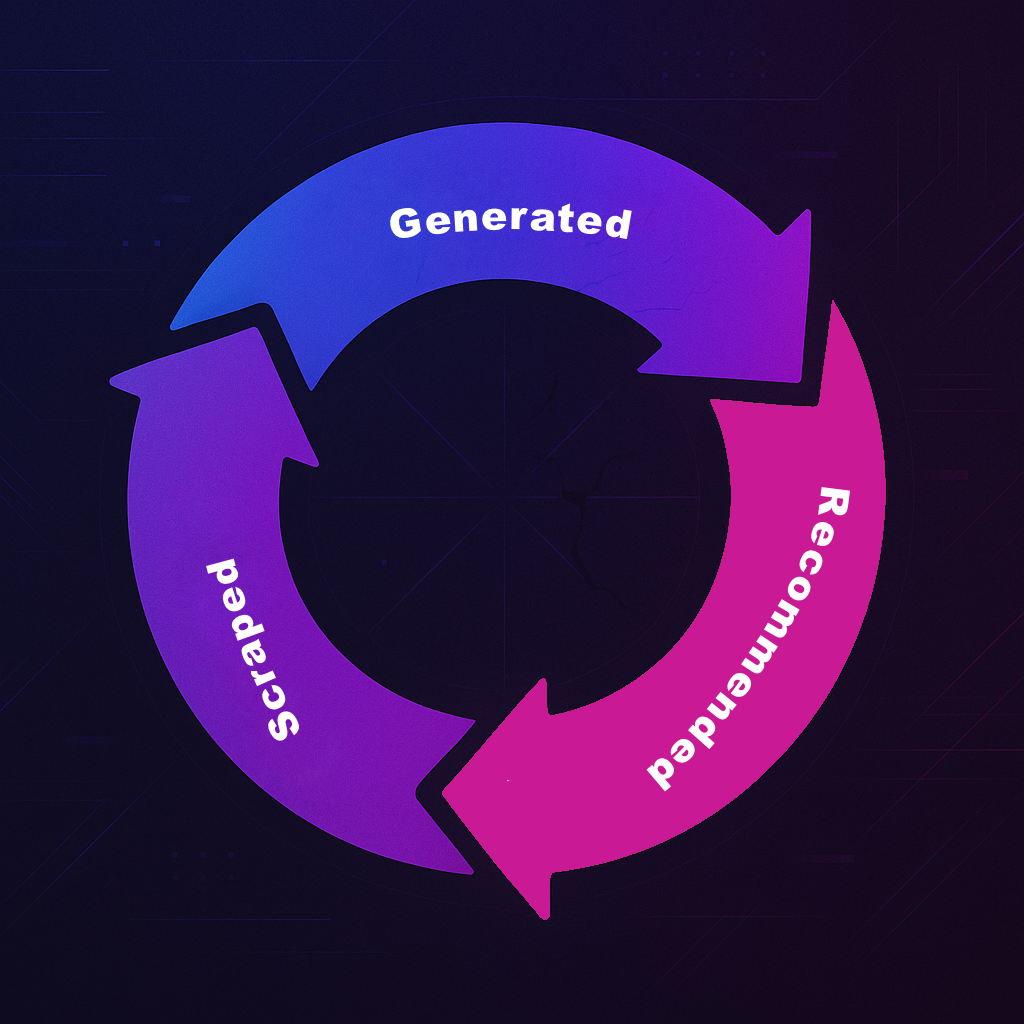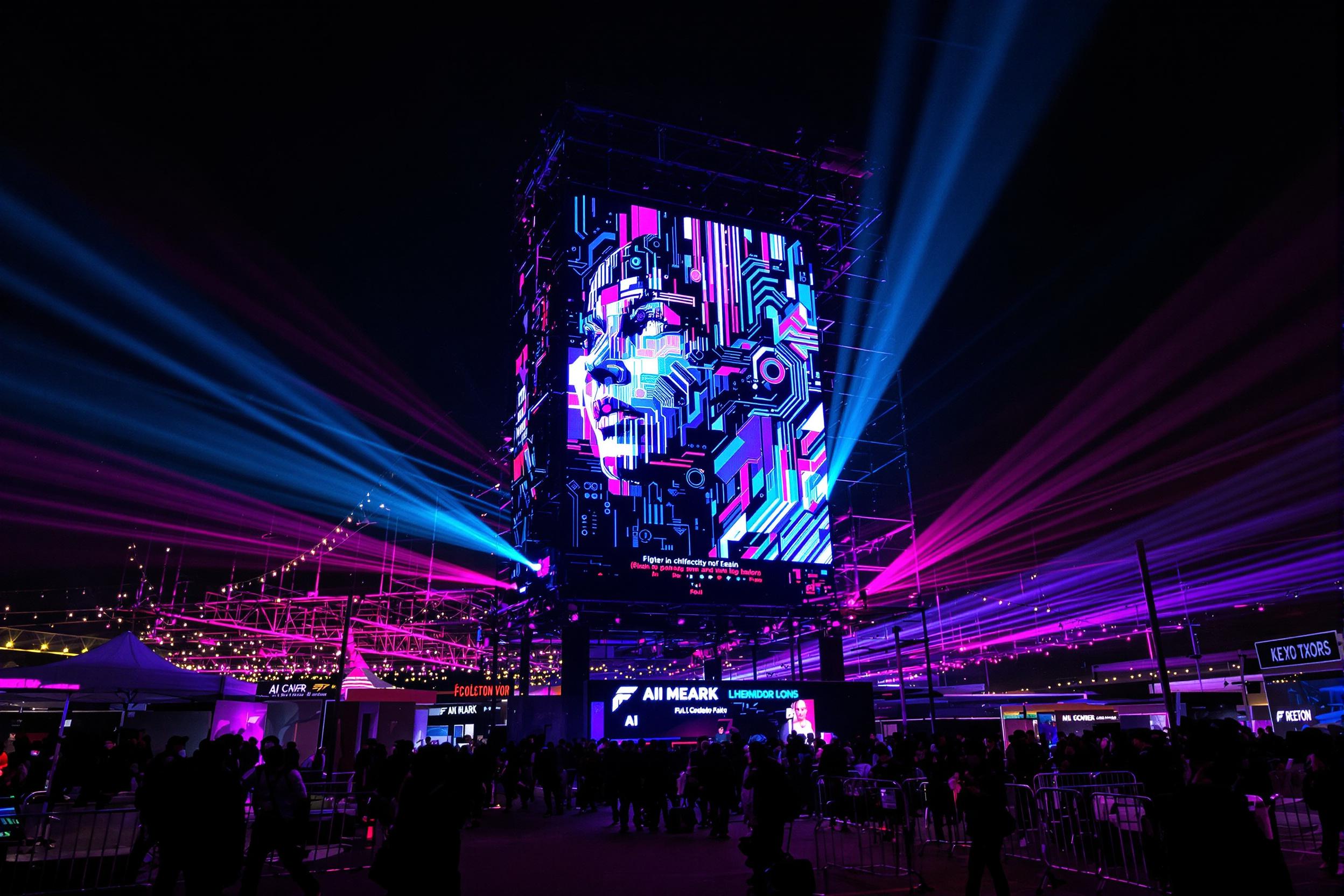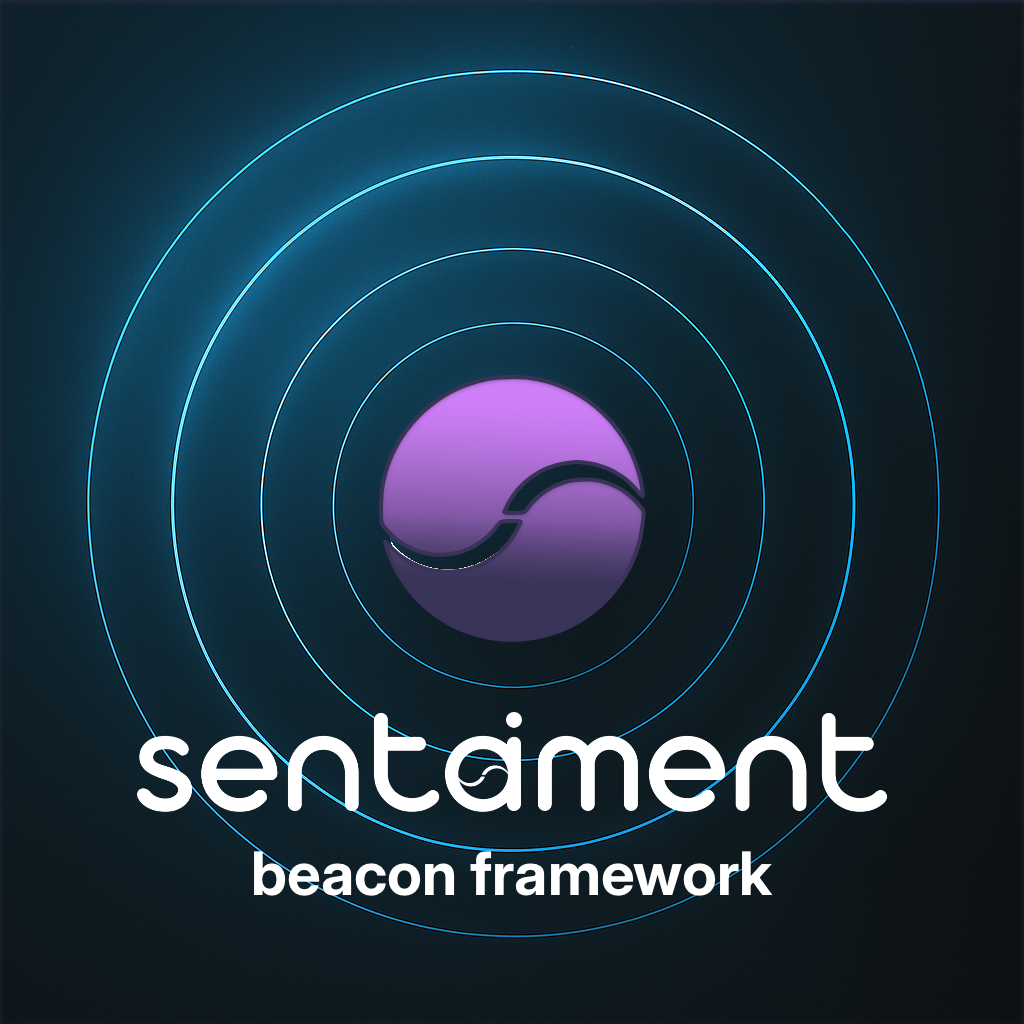Search is no longer just about Google rankings. In 2025, when someone asks ChatGPT, “What’s the best project management software?” or tells Claude, “Give me three great PR firms,” the answers they get don’t come from a blue link. They come from large language models (LLMs). These LLMs are at the core of AI-powered search platforms, which are rapidly becoming the new environment for discovery. And those answers are shaping purchasing behavior more than ever.
Welcome to the age of Generative Engine Optimization (GEO) — the next evolution of SEO. GEO, or Generative Engine Optimization, focuses on optimizing content specifically for GEO large language model systems to enhance visibility within AI-driven search platforms and generative engines.
GEO is about making your brand discoverable in the world of generative AI. Unlike traditional SEO, which relies on keyword targeting and backlinks, GEO focuses on semantic relevance and how AI understands your content.
What is Generative Engine Optimization (GEO)?
GEO stands for Generative Engine Optimization. It refers to the strategies, techniques, and data-driven insights used to optimize a brand’s visibility and representation across generative AI platforms like ChatGPT, Gemini, Claude, Perplexity, and more.
Where traditional SEO focuses on how your brand appears in search engine results pages (SERPs), GEO focuses on how your brand is understood, interpreted, and surfaced by AI assistants. In contrast, keyword focused SEO is the older approach that centers on targeting specific keywords, optimizing content around them, and emphasizing keyword density and backlinks to improve rankings. Alongside GEO, generative AI optimization has emerged as a complementary strategy, aiming to enhance content visibility and source referencing within AI-generated responses.
Generative AI models are now trusted sources for:
-
Brand comparisons
-
Industry education and insights
-
Strategic decision-making
As user search behavior evolves, with more conversational queries and interactive patterns, these models are adapting to better understand and respond to how people seek information.
That means your brand needs to be discoverable not just in search but in the natural-language answers provided by LLMs.
A 2024 report from Gartner estimates that by 2026, over 40% of B2B buying decisions will be influenced by AI-generated content. The way users consume information online is shifting, as they increasingly rely on AI-generated responses to access and interact with digital content. And unlike Google, LLMs aren’t citing a list of 10 links. They’re choosing a few brands—and leaving everyone else behind. GEO strategies can significantly increase brand visibility in AI-generated responses, with proper implementation reportedly improving visibility by up to 40%.
Ask ChatGPT, Gemini, or Claude what they know about your brand, and you may be surprised. You might not show up at all. Or worse, you might be misrepresented. This highlights the critical role of your brand's visibility in AI-generated answers, as being seen and accurately represented is essential for influencing user perception and digital recognition.
Most brands have no idea how they’re showing up in these AI systems. They don’t track it, they don’t optimize for it, and they certainly don’t have a strategy to improve it. To address this, brands need to analyze their presence in AI systems and identify gaps where their content or representation falls short, so they can take targeted actions for improvement.
How Does GEO Work with Training Data?
At its core, GEO includes:
-
Data coverage mapping: Understanding which articles, reviews, citations, and mentions are being used by LLMs to form opinions.
-
Echo scoring: Measuring how consistently and positively your brand appears across models.
-
Competitive analysis: Seeing how you stack up against competitors in generative answers.
-
Content calibration: Creating and updating web and owned content to influence LLM training and retrieval, with a focus on answering user queries.
-
Entity research: Mapping your brand’s digital identity, attributes, and topical connections to enhance AI comprehension and visibility.
LLMs form their understanding of brands based on the llm training data and training data they are exposed to, which includes sources like Wikipedia, Reddit, and other high-quality, relevant datasets. Companies with a Wikipedia page tend to have a significant advantage in AI visibility since Wikipedia content is a major training source for LLMs.
ChatGPT was trained on hundreds of billions of words from across the internet. Your brand narrative is only as good as the digital footprint that model sees. — MIT Technology Review
GEO vs. Search Engine Optimization (SEO)
Metric SEO GEO
Target Google / Bing, other search engines ChatGPT, Gemini, Claude, Perplexity
Format Links, snippets, schema Natural language responses
Content Source Web pages, metadata Public data, citations, forums, reviews
Optimization On-page SEO, backlinks Semantic relevance, source coverage
In short: SEO gets you found in search. Traditionally, this meant optimizing for traditional Google search and other search engines. GEO gets you found in answers, often through AI-driven platforms. Some platforms use self-contained LLMs, which generate responses based only on their trained data, while others retrieve real-time information from the web.
GEO is Brand Visibility and Reputation at Scale
With over 280+ models ingesting content from the web, forums, reviews, and more, your brand’s reputation is being constructed and echoed by AI systems daily. Maintaining a consistent brand presence across all digital touchpoints is essential to ensure these AI systems represent your brand accurately. GEO ensures that those echoes reflect the message you want to be heard, with the goal of maximizing brand visibility in AI-powered search responses.
Think of GEO as the modern evolution of PR, digital pr, reputation management, and SEO — all in one.
GEO is especially critical for:
- Agencies wanting to improve client visibility in AI searches and develop a robust content strategy for AI-driven discovery
- SaaS companies competing in crowded spaces
- Brands looking to maintain consistent voice, reputation, and a comprehensive content strategy
If your buyers are using AI to make decisions, then your brand needs to show up—correctly and consistently. As organizations adopt GEO, implementing actionable strategies is essential to maximize visibility and influence in AI-driven search environments.
Content Optimization Techniques for GEO
Optimizing your content for Generative Engine Optimization (GEO) goes beyond traditional search engine optimization—it’s about making your content easily discoverable, understandable, and citable by large language models and AI systems. One of the most effective ways to achieve this is by implementing structured data and schema markup. By using schema types like FAQPage, Article, and HowTo, you provide clear signals to both search engines and large language models, helping them interpret and surface your content accurately in AI-generated answers. Content that includes original statistics is more likely to be cited by LLMs, which prefer evidence-based responses.
Incorporating semantic SEO techniques is equally important. This means enriching your content with synonyms, contextually related terms, and natural language that mirrors how real users phrase their queries. This approach enhances the semantic understanding of your content by language models, increasing the likelihood that your brand will be referenced in direct answers provided by AI tools.
Building comprehensive FAQ pages is another powerful strategy. Well-structured FAQs, marked up with FAQ schema, are easily parsed by large language models and often cited in response to user queries. Additionally, organizing your content through topic clustering and internal linking helps establish topical authority, signaling to both search engines and large language models that your site is a trusted source on key subjects.
To further support AI-driven discovery, include content summaries and TL;DR sections at the beginning or end of your articles. These concise overviews allow AI tools and language models to quickly extract the main points, improving your chances of being featured in AI-generated answers. Regularly updating your content ensures it remains relevant and fresh, which is favored by both search engines and large language models.
Don’t overlook the value of high-authority backlinks—they boost your content’s credibility in the eyes of both traditional search engines and AI systems. Finally, leverage natural language processing tools to analyze and refine your content, ensuring it aligns with the way large language models interpret and process information.
By integrating these content optimization techniques into your GEO strategy, you position your brand for greater visibility and influence in the evolving landscape of AI-powered search and generative engine optimization.
How to Measure Success with GEO
Measuring the impact of Generative Engine Optimization (GEO) requires a shift in focus from traditional SEO metrics to those that reflect your brand’s presence and influence within AI-generated answers. Unlike traditional search engine optimization, where rankings and organic traffic are the primary indicators, GEO success is gauged by how often your brand is mentioned, cited, and recommended by large language models across various AI platforms.
Key metrics to track include your presence in AI-generated answers, the frequency and context of brand mentions, and your brand’s influence on user decision-making as observed through AI-powered search tools. Monitoring retrieval augmented generation (RAG) metrics can provide insights into how effectively large language models retrieve and generate content based on user queries, highlighting your brand’s visibility in AI-driven search results.
While search engine traffic and website traffic remain valuable indicators, their relevance shifts in the context of GEO. These metrics can help you understand the broader impact of your AI optimization efforts, especially as users increasingly rely on direct answers from large language models rather than traditional search results.
To gain a comprehensive view, track AI optimization metrics such as the number of times your content is cited by large language models, as well as user interaction data like time on page and bounce rate. These insights reveal how engaging and authoritative your content appears to both AI systems and human readers.
Utilize tools like Google Analytics and advanced SEO tools that offer visibility into AI-generated traffic and brand mentions. By continuously monitoring these metrics and refining your GEO strategy, you can enhance your brand’s visibility and credibility across both traditional search engines and AI-driven platforms.
Integrating GEO strategies with your existing SEO strategies ensures your content remains discoverable in both traditional search results and the new frontier of AI-driven search. Focus your keyword research on user intent and natural language, using tools such as Google’s Natural Language API to analyze user queries and identify emerging trends. LLM optimization is crucial because it positions brands to capture traffic from new AI-driven interactions as users increasingly ask questions directly to AI assistants.
By adopting a data-driven approach and regularly evaluating your GEO performance, you can maintain relevance, drive engagement, and secure your brand’s position in the rapidly evolving world of AI-powered search and digital marketing.
How to Get Started with GEO
- Track visibility and sentiment Sentaiment Sentaiment to track how often your brand is mentioned, how it’s described, and how you compare to competitors across LLMs and social platforms
-
Monitor and iterate LLMs evolve. So should your optimization strategy. Track user interactions to understand how audiences engage with your content and use these insights to refine your approach.
-
Monitor and iterate LLMs evolve. So should your optimization strategy. Track user interactions to understand how audiences engage with your content and use these insights to refine your approach.
-
Influence third-party sources Publish thought leadership, update profiles on forums, get reviews—anywhere LLMs may draw from. Engage in online communities such as Reddit to boost brand visibility and foster authentic engagement. Creating content for these platforms can further establish your authority and relevance.
-
Monitor and iterate LLMs evolve. So should your optimization strategy. Track user interactions to understand how audiences engage with your content and use these insights to refine your approach.
The Bottom Line
GEO isn’t a buzzword. It’s the logical next step for any brand that wants to remain visible, credible, and competitive in a world where generative AI is becoming the first touchpoint in the buyer journey. Present information effectively ensures your content is discoverable and influential within this AI-driven landscape, which is essential for successful GEO.
If your marketing strategy still stops at Google, you’re missing the conversation already happening. Adopting GEO provides actionable insights by analyzing AI response patterns and content performance, guiding targeted improvements for better visibility and engagement.
The global llm market is rapidly expanding, highlighting the growing importance of integrating LLM optimization into your digital strategy.
It’s time to optimize for the machines that talk back. Generative engine optimization is also emerging as a complementary discipline to GEO, further shaping the future of digital visibility.














